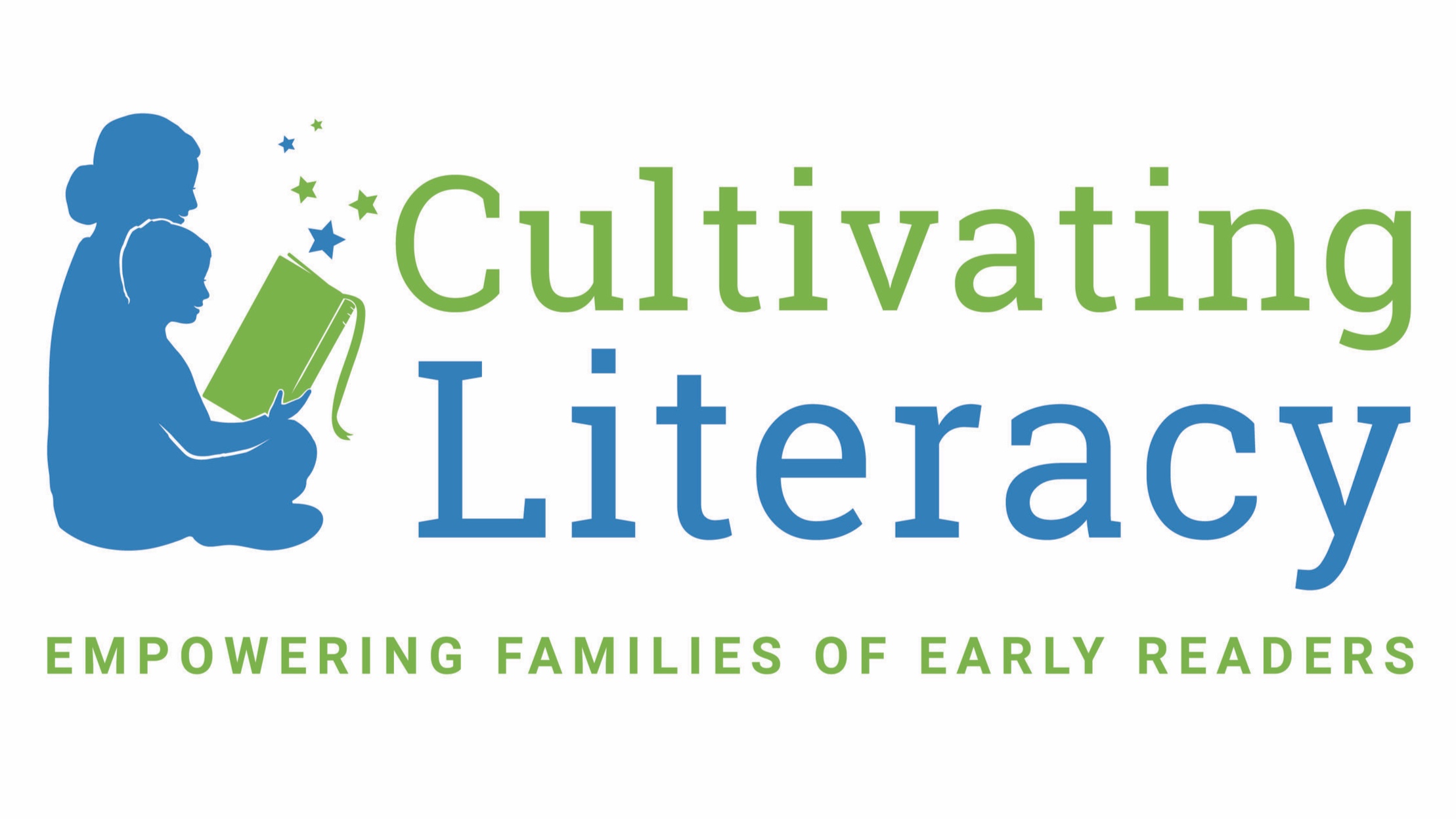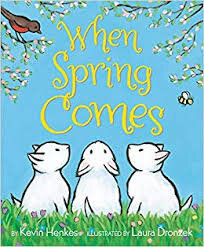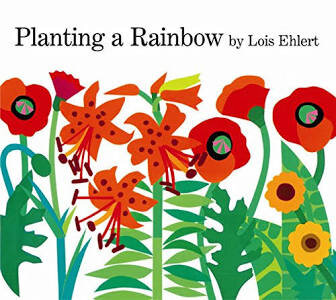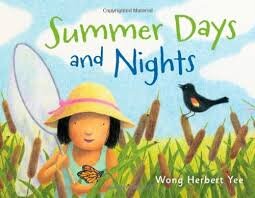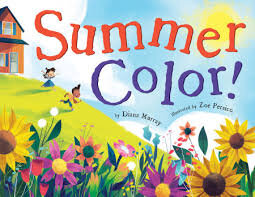Teaching Vocabulary
Learning new vocabulary involves learning a word and it’s meaning(s). When children learn new vocabulary words, this furthers their word knowledge, helping them grow as readers. Reading requires both the ability to decode words as well as understanding what is being read. When a child continues to learn new vocabulary, this helps them recognize the words as they decode them and gives them an understanding of the word’s meaning (Silverman & Hartranft, 2015, p. 3).
There are different strategies to help your child learn new vocabulary, two ways to help children learn new words is through reading and conversation (Reading Rockets). This blog post will address how you can use both to help your child’s vocabulary grow!
Storytime is a great opportunity to introduce new words. This can be done before, during, and after the story. If you are able to read the story ahead of time, you can choose several words to introduce. These words can be chosen based on the story’s topic and how the word affects the child’s understanding of the story.
Before the reading, take a few minutes to pre-teach words: choose 2-3 words
You, say the word aloud.
The child repeats the word.
You use an illustration in the story to illustrate the word and provide context.
You provide a definition of the word.
(Silverman & Hartranft, 2015, p. 59)
During the reading, briefly point out the words that were introduced as they occur in the story.
After the reading, revisit the words so that the child can continue to develop their understanding of the word (Silverman & Hartranft, 2015, p. 62). This can be done through conversation. For example, if the story being read is about a butterfly and you introduced the word, caterpillar, you could revisit this word by asking, “What was that creepy crawler in the story?” If the child needs further reinforcement, use illustrations, hand motions, and supporting words to prod their memory. Hand motions, illustrations, and conversations can also help the child understand the context of the word. When a child begins to understand the context in which a word is used, this helps them understand how they can use the word (Reutzel & Cooter, 2008, p. 208).
After having taught the child some new words, try and remember to keep using them in conversation throughout the day so that the child continues to receive exposure (Reading Rockets).
Make learning active! A fun way to make vocabulary learning active is by creating hand motions to help represent the word and its meaning. For example, if the story being read is about butterfly stages and the word caterpillar has been introduced, you could represent the caterpillar by inching your finger along. After the story, act out the words together. You can extend this activity by playing a game like charades where you or the child acts out a particular word and each person takes turns guessing the vocabulary word (Silverman & Hartranft, 2015, p. 105).
Example of using art to extend vocabulary knowledge. This child chose to illustrate a butterfly and it’s life cycle after reading the story Waiting for Wings by Lois Ehlert.
Involve art! After learning new words, choose a simple art project to help extend the learning. Choose a word(s) that was featured in the story and represent that word through art. For example, if the child has been learning about butterflies and has learned that butterflies like the milkweed plant, the child could look at several pictures of the plant and work to draw their own interpretation of the milkweed plant. As the child looks at the pictures, this is a great opportunity to have a conversation about the word. Conversations help to strengthen a child’s understanding of the new word.
Play I Spy! After reading a story, look for words that are similar to the words featured in the story. For example, if the story was about a garden, the child might look outside for things that are green and could grow in a garden. You and the child can work together and see how many “garden” things you can find. Looking for items in the child’s environment allows the child to connect what they already know to new words and to build upon their knowledge.
Reread books and explore books about a similar topic. One way to build upon vocabulary knowledge is to reread books together and continue to discuss the words taught. Revisiting stories and reviewing words, helps to further develop the depth at which the child understands a word (Silverman & Hartranft, 2015, p. 60). For example, when reading a story about butterflies such as Waiting for Wings by Lois Ehlert. A parent might choose to introduce just a few words such as egg, caterpillar, and pupa. When revisiting the story, the parent could review these words and possibly add in 1 or 2 new words such as nectar and fragrance. If a topic is interesting to the child, you can build on the child’s vocabulary knowledge by selecting another text that features a similar topic. For example, if the child is interested in butterflies after reading the story, Waiting for Wings by Lois Ehlert, the parent might extend the learning by reading the story, The Very Impatient Caterpillar by Ross Burach.
Here are a few topics that you might find fun to study with your child. These topics were selected based on the season.
Topic: Spring
Book: When Spring Comes by Kevin Henkes
Introduce words based on the theme such as sprout, bloom, puddles.
Book: Planting a Rainbow by Lois Ehlert
Introduce words based on the theme such as bulb, seedling, bloom.
Topic: Summer
Book: Summer Days and Summer Nights by Wong Yee
Introduce words based on the theme such as golden, warm, meadow, insects.
Book: Summer Colors by Diana Murray
Introduce words based on the theme such as meadow, creek, sunflowers, sparrows.
References:
Reading Rockets. Monthly tips: Building your child’s vocabulary [Blog post] Retrieved from https://www.readingrockets.org/article/building-your-childs-vocabulary
Reutzel, D. R & Cooter, R. B. (2008). Teaching children to read: (5th ed.) Pearson: Upper Saddle River, NJ.
Silverman, R. D & Hartranft, A. M. (2015). Developing vocabulary and oral language in young children. The Guilford Press: New York, NY.
